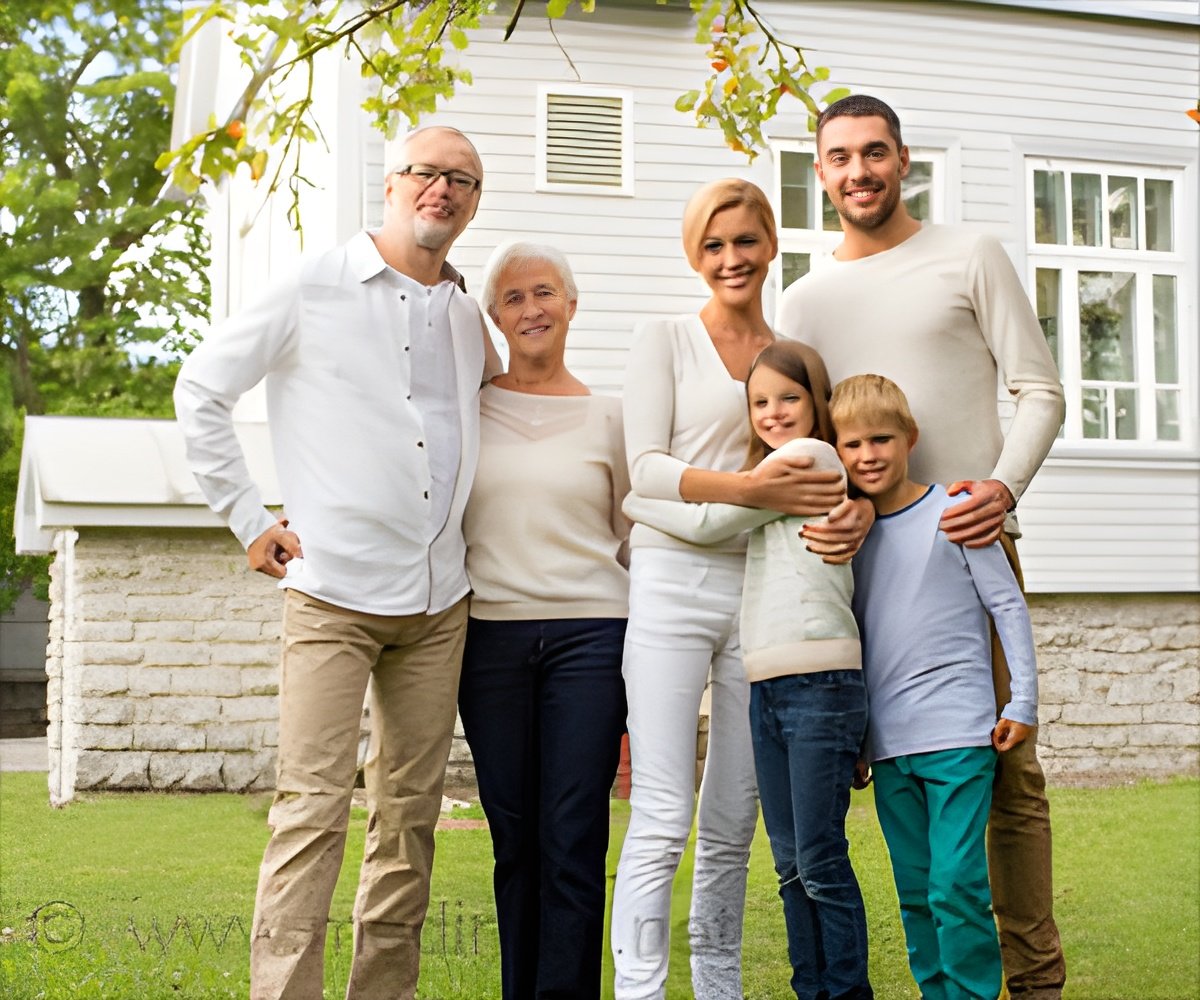
Feeling Solo? In-person visits can chase away loneliness in older people, suggests a new study.
In-person contact can reduce loneliness in older people. At the same time, other methods, such as phone calls, texting, and digital communications, were not as effective, according to a team of researchers at the University of Texas at Austin and the University of Michigan.
The findings, published in the The Journals of Gerontology: Series B Psychological Science, have implications for the health and well-being of many older people (1✔ ✔Trusted Source
Loneliness and Mode of Social Contact in Late Life
).
Solo Aging: How to Stop Feeling Lonely in Your Golden Years?
“We were interested to see how older adults react when they are lonely and the effects that different types of social contact had on that loneliness,” said Shiyang Zhang, the paper’s co-author and a UT postdoctoral fellow in human development and family sciences. “We found that when older adults feel lonely, they are more likely to pick up the phone and call someone. But in-person visits were the only type of contact that actually decreased levels of reported loneliness.”
Loneliness: The Silent Killer
Scientists have long known that regular social contact is important for mental and physical health and contributes to longevity in older age, while loneliness has been linked with heart disease, cognitive decline and even premature death. Although many older adults face chronic health conditions and mobility issues that may make in-person contact more difficult, the new study suggests that in-person contact is an important component of any widespread effort to address loneliness in older adults.
The study was conducted in the Austin, Texas, area in 2016 and 2017, before the COVID-19 pandemic expanded the use of digital communications for many people and increased levels of isolation for many older people. But even after the pandemic, a sizable proportion of older adults do not own smartphones or use the internet. The study followed more than 300 people over the age of 65 and asked them every three waking hours about levels of loneliness and social contact, including whether that social contact was in person, by phone or digitally, which the researchers defined as texting or connecting via social media.
The study also examined whether the social contact was between people with close or weak social ties. Researchers found that when older adults felt lonely, they were likely to reach out to their close friends and family. It turns out that in-person contact — even with someone with whom they had only weak ties, such as an acquaintance — was predictive of lower levels of loneliness better than, say, a phone call with a family member or friend with whom ties were stronger.
Advertisement
“Although phone contact is available at most times and provides older adults with opportunities for social connections when they feel lonely, it appears that phone contact may not be as effective in reducing loneliness as in-person contact,” Zhang said. “Phone and digital contact do not provide older adults with the same emotional closeness and comfort as in-person contact. It’s just not a substitute.”
References:
- Loneliness and Mode of Social Contact in Late Life – (https://academic.oup.com/psychsocgerontology/article/79/9/gbae115/7740561)
Advertisement



